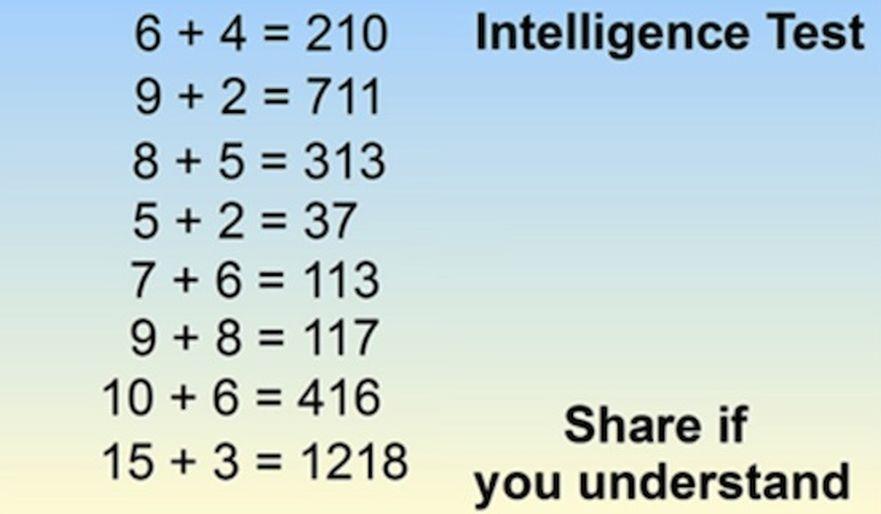A mathematical problem tagged the “intelligence test” has been blowing up on Facebook, with millions of shares on the social network.
The claim behind the “test”? That anyone who understands the pattern between the numbers has an IQ of 150, which is considered to be in the top one percent of the world’s population.





